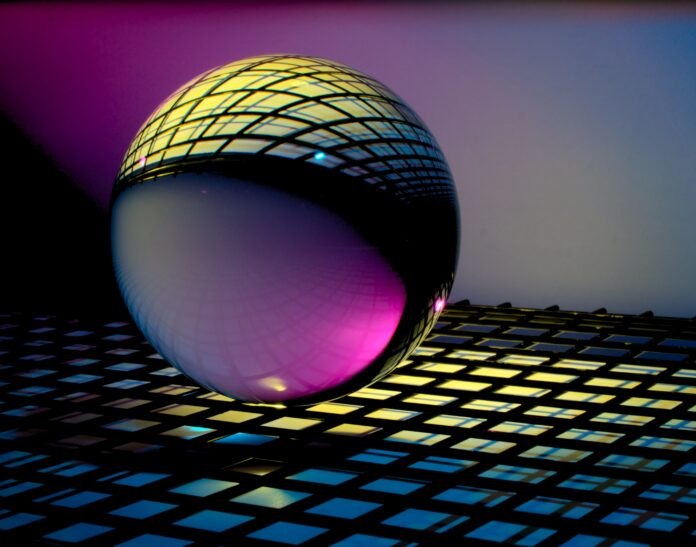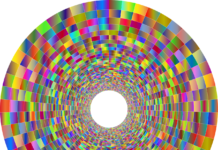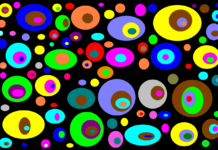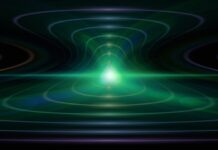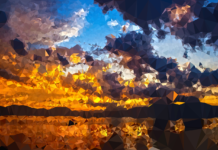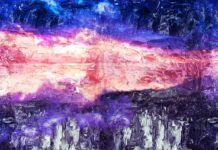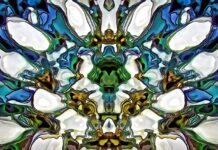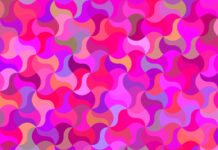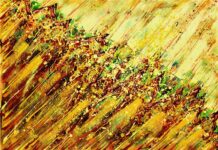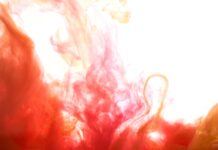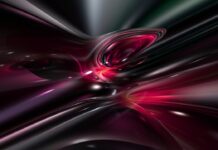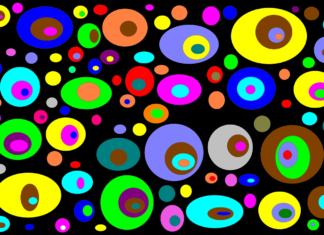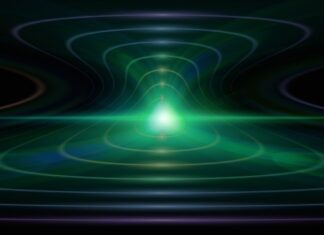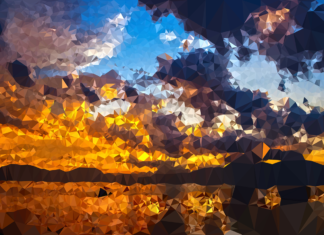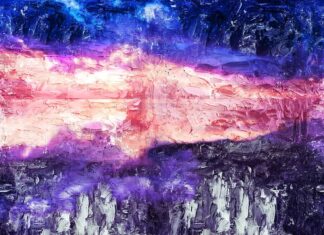AI Art Maker is a revolutionary technological tool that harnesses the power of artificial intelligence to generate stunning and captivating artworks. With its ability to simulate human creativity and artistic expression, AI Art Maker has become a game-changer in the art world, blurring the lines between human-generated and machine-generated art. This cutting-edge software utilizes advanced algorithms and deep learning techniques to analyze vast amounts of visual data, understand artistic styles and techniques, and create unique and visually appealing artworks.
The emergence of AI Art Maker has opened up new possibilities for artists, art enthusiasts, and even those who have never considered themselves artists. This innovative tool provides an accessible and user-friendly platform for individuals to explore their creativity and produce artworks that were once only achievable by skilled artists. By incorporating AI Art Maker into their artistic process, artists can experiment with new styles, techniques, and ideas, pushing the boundaries of traditional art forms.
One of the remarkable features of AI Art Maker is its ability to learn from existing artworks and generate new ones based on that knowledge. By analyzing vast databases of artwork, the AI algorithms can identify patterns, color palettes, brush strokes, and other elements that define different artistic styles. This enables the AI Art Maker to generate original pieces of art that mimic specific artistic genres, such as Impressionism, Cubism, or Surrealism. The AI Art Maker can replicate the brushwork of Van Gogh, the geometric abstractions of Picasso, or the dreamlike compositions of DalÃ, all with remarkable accuracy.
The AI Art Maker’s process begins with a user inputting certain parameters and preferences, such as desired style, color scheme, and composition. Based on these inputs, the AI algorithms generate a preliminary artwork that serves as a starting point. The user can then refine and modify the artwork, adding their personal touch and creativity. The AI Art Maker provides various tools and options for customization, allowing users to adjust colors, shapes, textures, and other visual elements. This collaborative process between human and machine results in a truly unique and personalized artwork.
The impact of AI Art Maker on the art world cannot be overstated. It has democratized the art-making process, making it accessible to a wider audience. Individuals who may not have had formal training in art can now engage in artistic expression and create visually striking pieces. This inclusivity has fostered a diverse and vibrant artistic community, where people from different backgrounds and skill levels can participate and contribute.
AI Art Maker has also sparked debates and discussions about the nature of creativity, authorship, and the role of machines in artistic production. Critics argue that AI-generated art lacks the emotional depth and subjective experiences that human artists bring to their work. They claim that art created by AI Art Maker is merely an imitation or replication of existing styles, lacking the originality and personal expression that defines true art. However, proponents of AI-generated art argue that it opens up new avenues for artistic exploration and challenges traditional notions of creativity.
Another significant aspect of AI Art Maker is its potential for collaboration between humans and machines. Artists can use the AI tool as a source of inspiration and experimentation, incorporating its generated artworks into their own creative process. This symbiotic relationship between artists and AI can lead to innovative and thought-provoking artistic expressions that blend human intuition with machine intelligence. The result is a fusion of human emotions and computer algorithms, creating a new artistic language that pushes the boundaries of traditional aesthetics.
Furthermore, AI Art Maker has applications beyond individual artistic endeavors. It can be utilized in various industries, such as advertising, graphic design, and entertainment, to create visually appealing and engaging content. Advertisers can leverage AI-generated art to develop captivating visuals that resonate with their target audience. Graphic designers can use AI Art Maker to explore new design possibilities and generate unique concepts. In the entertainment industry, AI-generated art can be integrated into video games, virtual reality experiences, and animation, enhancing the visual aesthetics and immersive nature of these mediums. By incorporating AI Art Maker into these industries, companies can streamline the creative process, reduce costs, and deliver high-quality content to their audiences.
However, as AI Art Maker continues to evolve and gain prominence, ethical concerns and questions arise. One pressing issue is the potential for copyright infringement and intellectual property rights. Since AI Art Maker learns from existing artworks and generates new ones based on that knowledge, it is essential to address the legal implications of using AI-generated art that may resemble or replicate copyrighted works. Artists, institutions, and policymakers must navigate this complex landscape and establish guidelines to protect the rights of artists while embracing the possibilities AI Art Maker offers.
Additionally, there are concerns regarding the transparency and explainability of AI-generated art. The intricate algorithms and deep learning techniques used by AI Art Maker can be complex and difficult to comprehend. This lack of transparency raises questions about how the AI arrives at its artistic decisions and whether biases or unintentional patterns may influence the generated artworks. Ensuring transparency and accountability in the AI Art Maker process is crucial to maintaining trust and integrity in the art world.
Despite these challenges, AI Art Maker holds incredible potential for the future of art and creativity. As technology continues to advance, we can expect AI algorithms to become even more sophisticated and capable of producing highly realistic and innovative artworks. This opens up endless possibilities for artistic exploration, pushing the boundaries of traditional art forms and inspiring new artistic movements.
Moreover, AI Art Maker has the capacity to bridge the gap between different disciplines and foster interdisciplinary collaborations. Artists, technologists, scientists, and philosophers can come together to explore the intersection of AI and art, creating thought-provoking installations, interactive experiences, and multimedia presentations. This fusion of art and technology can lead to groundbreaking discoveries, new perspectives, and unique forms of artistic expression that challenge conventional norms.
In conclusion, AI Art Maker is a transformative tool that harnesses the power of artificial intelligence to generate awe-inspiring artworks. By analyzing vast amounts of visual data and learning from existing artistic styles, AI Art Maker can produce unique and personalized pieces of art. It has revolutionized the art-making process, making it accessible to a wider audience and fostering a diverse and inclusive artistic community. While ethical concerns and challenges persist, AI Art Maker has the potential to reshape the art world, encourage interdisciplinary collaborations, and redefine our understanding of creativity. With its continued development and integration into various industries, AI Art Maker is poised to leave a lasting impact on the way we create and appreciate art.


